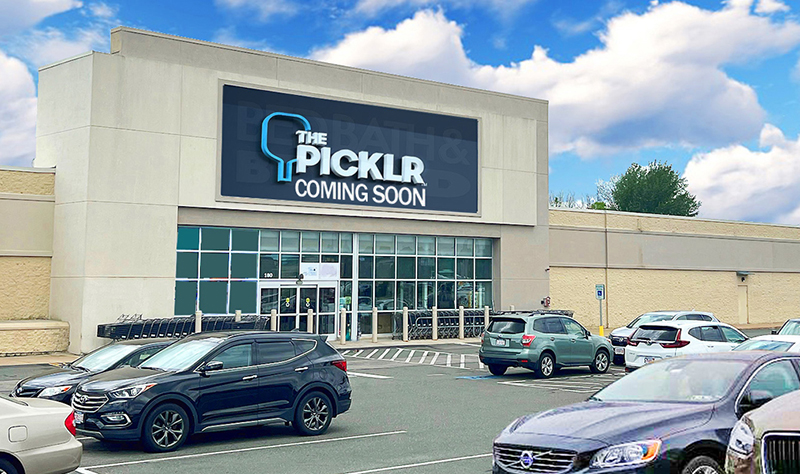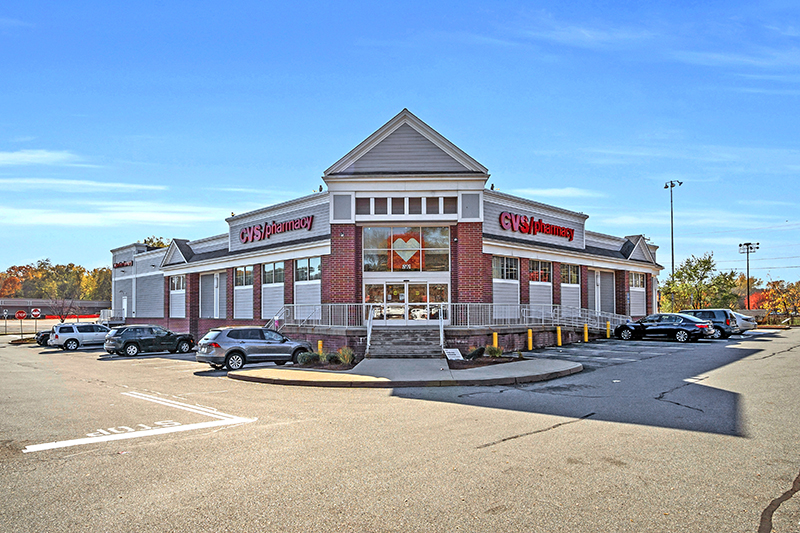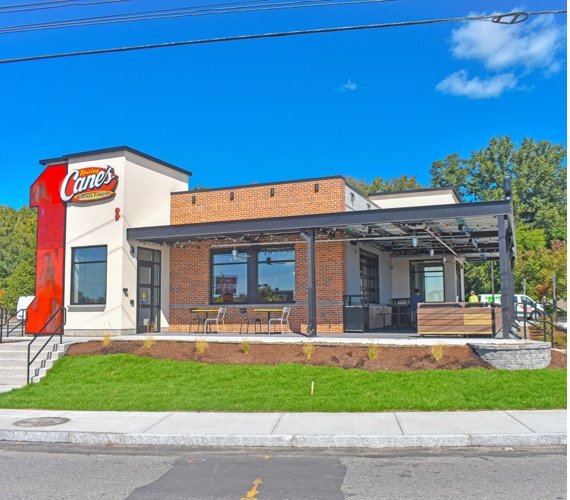Question of the Month: Can multi-story, multi-tenant retail projects be successful? Anything is possible - by Timothy Tobin
 Timothy Tobin, Phase Zero Design
Timothy Tobin, Phase Zero DesignHow do you handle multiple tenant entries, horizontal and vertical circulation, loading and egress in a multi-story mixed-use building with retail, restaurant, entertainment, parking decks and office, along with entries on all faces of the building? When first presented with this issue on a new project we had, my answer was “this could be impossible,” but is anything impossible? Our team took a deep breath and dove in, producing hundreds and hundreds of sketches. Some were pursued, some were discarded, but all looked at the building in 3D as well as the project as a whole. What was ideal in one concept failed in the next. The concept design, with real components, took some time and is still being tweaked today. Typically, for all projects housing retail and entertainment, the leasing process can be lengthy and trying.
When approaching a vertical retail project, the first issues we deal with are the adjacencies and their positioning on the site and within the building. In one of our projects, the building we worked with was four stories high with entrances on all four levels and all four sides due to the sloped site. From the lowest level the building was four stories high, while only one story high when viewed from the highest level. The sides presented three-story and three and one-half story views. All sides had main entrances, and the owner wanted them all to feel as important as the others. This building, with main entries on multiple elevations, is akin to a mall anchor store; the added challenge was its location on a sloped site with potentially 10 to 11 tenants.
In this example, the lowest level houses the main entrance for the entertainment spaces and parking. The second level houses the upper level of the entertainment, to which a new entertainment function was added. The third level serves a parking function, and the top level is retail, restaurant and public space, and also holds the potential for office space. At the lowest level, the building is entered on what is the rear of the highest level. The second and third levels have side entrances.
Dealing with all these different elements required a lot of trial and error during the initial design phase. In this project, we needed to create vertical circulation with stairs, escalators, and elevators. Prime positioning for a particular component on one level many times presented a problematic issue on another level, or in some cases, all the other levels. These findings kicked off the concept design trial and error for this building in 3D. The three dimensional process is required on all projects to complete the concept, but especially here, with intersecting uses on all levels, multiple cores or circulation and multiple entries on multiple levels.
Another consideration for a multi-tenant, multi-story retail project is other buildings on the site. In our project example, another goal was to not compromise the ability of the other four multi-story buildings on the site to function effectively in plan and elevation, and work in conjunction with each other. We went back and forth in plan, elevation and section to solve the issues presented. Components were pushed, pulled and sometimes relocated entirely. We were also working with an owner who loved the process and wanted a concept product that did not compromise anyone. In reality there are several compromises in the building, but they occur in areas that are not at the main entries and do not compromise the 3D view of the structure.
For similar projects, the addition of public spaces can solve problems with vertical circulation in multi-story buildings. One of the better circulation components of this structure was the addition of public spaces. While these spaces helped resolve some of the vertical circulation issues, they presented problems with loading the upper level spaces. Having the ability to look at these issues in 3D eased the stress and allowed the team to resolve them. The resolution of many of the issues took time and patience, but the end result was a building that flowed smoothly both horizontally and vertically. The team also made sure that these resolutions did not affect the building’s ability to function and present itself vertically. Many of the solutions made the vertical design better.
In summary, I am not sure I fully answered the question posed. The real answer is yes, multi-story, multi-tenant retail projects can be successful. The final answer is in the sketches we produce, the ability to realize a plan in 3D, and the ability to grasp spatial concepts. The work we do, at least in a retail or mixed-use form, is getting more complex as the availability of good sites grows scarce. We need to adjust. Large acre retail centers are becoming rare, resulting in an increase in the vertical format of the work we are doing. Many of my younger colleagues rely on the computer to sketch and design. I am old school, real old school; trace, markers and a lot of failed attempts mark the way to a concept design that solves the “question of the month.” We constantly solve the question of the month in my office, but it also helps when you have a committed owner as well. Ultimately, the design team and the client need to share a vision and not be afraid to take risks in order to find success!
Timothy Tobin is a senior associate at Phase Zero Design, Hingham, Mass.
Mace of KeyPoint Partners negotiates 36,192 s/f lease for The Picklr at Endicott Square
Danvers, MA KeyPoint Partners (KPP) negotiated a lease with the nation’s premier indoor pickleball venue The Picklr at Endicott Sq. Vice president of retail brokerage Don Mace negotiated the transaction on behalf of the landlord.




.jpg)



